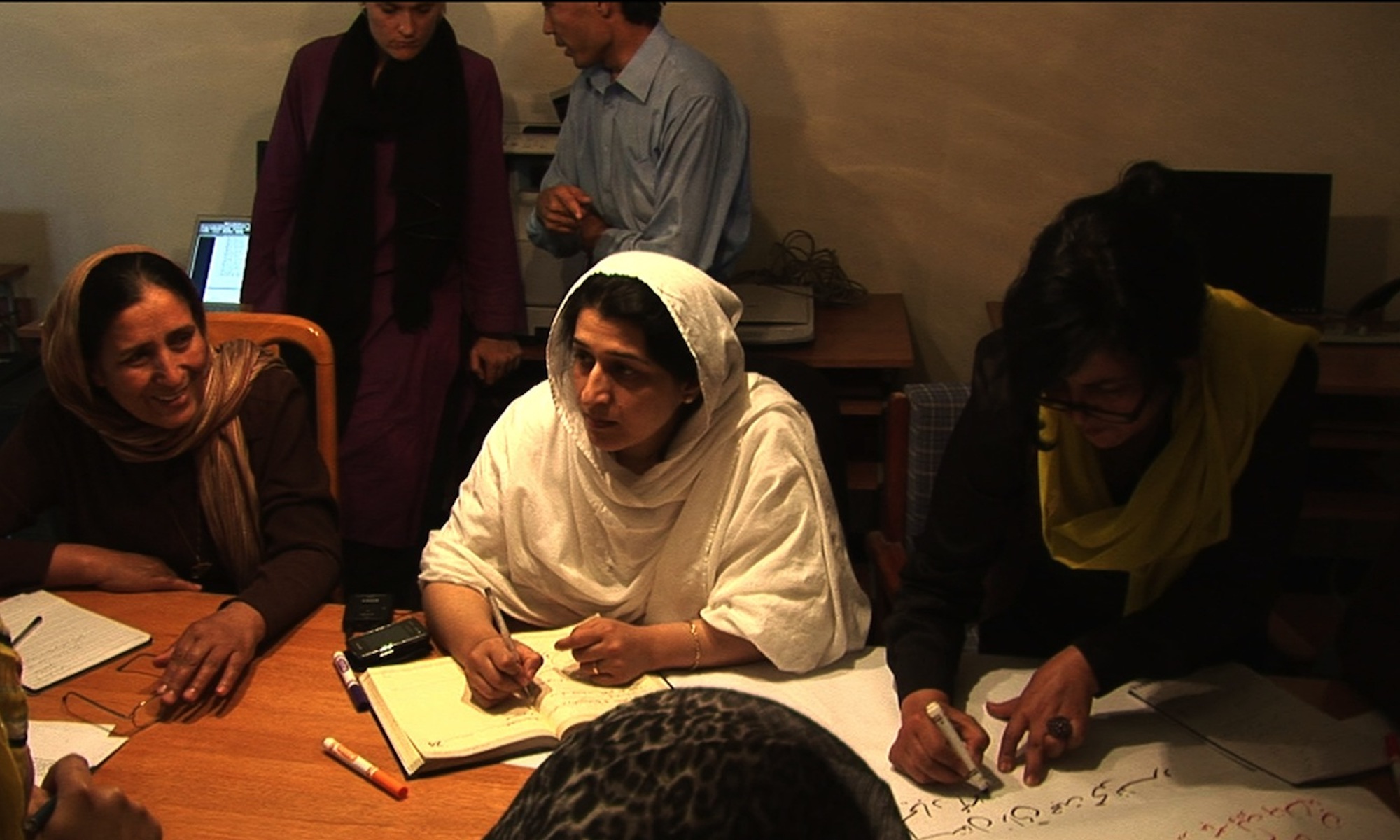In the two to five years immediately following end of conflicts, UN peacekeeping operations have succeeded in maintaining peace, while income and consumption growth rates have been higher than normal and recovery on key education and health indicators has been possible. Aid also has been super-effective in promoting recovery, not only by financing physical infrastructure but also by helping in the monetary reconstruction of postconflict economies. However, sustaining these short-term gains was met with two difficult challenges. First, long-term sustainability of peace and growth hinges primarily on the ability of postconflict societies to develop institutions for the delivery of public goods, which, in turn, depends on the capacity of post-conflict elites to overcome an entrenched culture of political fragmentation and form stable national coalitions, beyond their immediate ethnic or regional power bases. Second, after catch-up growth runs its course, high levels of aid could lead to overvalued real currencies, at a time when growth requires a competitive exchange rate and economic diversification. Successful peace-building would, therefore, require that these political and economic imperatives of postconflict transitions be accounted for in the design of UN peacekeeping operations as well as the aid regime.

INSCT Postconflict Research Database
The Institute for National Security and Counterterrorism's Postconflict Research Database & Analysis Project stores cross-indexed bibliographic information on hundreds of journal articles, books, book chapters, and case reports that address the broad, interdisciplinary fields of postconflict reconstruction, stabilization, and peacebuilding.